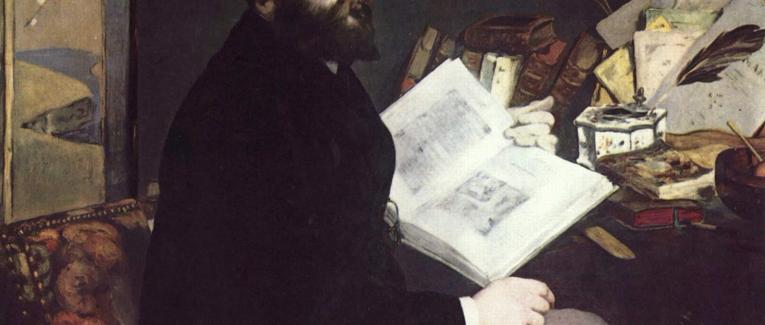
Zola champions Manet
 25 min
25 min
Zola champions Manet
Zola champions Manet:
Individualism, Autonomy and Originality in Art
By Claudia Moscovici
If any art collection can be said to have a profound impact upon the history of art and aesthetics, the paintings exhibited at the Salon de Refusés in 1863 would certainly be on a top ten list. This collection of paintings marks both a change of views about what counts as good art and a liberating shift in the institutions that consecrated French art to begin with. Before this crucial moment, the production of good art was heavily regulated. From the seventeenth-century, when Colbert instituted the first Salon that would display the art of the painters of the Académie Royale de Peinture et de Sculpture in the Salon Carré of the Louvre, the Salons and the Academy largely determined artistic standards. Even when the Salon was opened to all artists in 1791, the rules by which they were judged did not become less rigid, even though the number of artists who could display grew substantially as did the public patronage of the arts.
When in 1863 the official Salon rejected 3000 pieces out of the 5000 submitted by artists, with hindsight we can safely say that it was the straw that broke the camel’s back. In a half-mocking, half-appeasing gesture towards the rejected artists, Napoleon III authorized a Salon de Refusés in a space that was distinct from the prestigious Salon sponsored by the Académie.
Like Napoleon I, the Emperor utilized art to express the glory of the French empire. The standards of the official salon were set by the traditional Count Nieuwerkerke, who was the Intendant of the Beaux Arts. He lived in a seventeen room suite in the Louvre and regulated all artistic life at court. By the 1860’s, however, artists and intellectuals—especially in more liberal newspapers—began to object to the rigid standards of the Academy and the Salon. Many of them demanded inclusion in the Salon for a wider range of talented artists.
Napoleon III paid a visit to the Salon and told Nieuwerkerke—perhaps in part to clip his wings—that many of the works rejected were just as good as those accepted. He then ordered that all the works rejected by the Salon be shown in the Palais de L'Industrie in its own show that would be called, condescendingly, the Salon de Refusés. This created the opportunity for new artists such as Manet, Pissaro and Whistler—the generation that had a profound influence upon modern art and especially upon the Impressionist movement—to become more visible in the public eye.
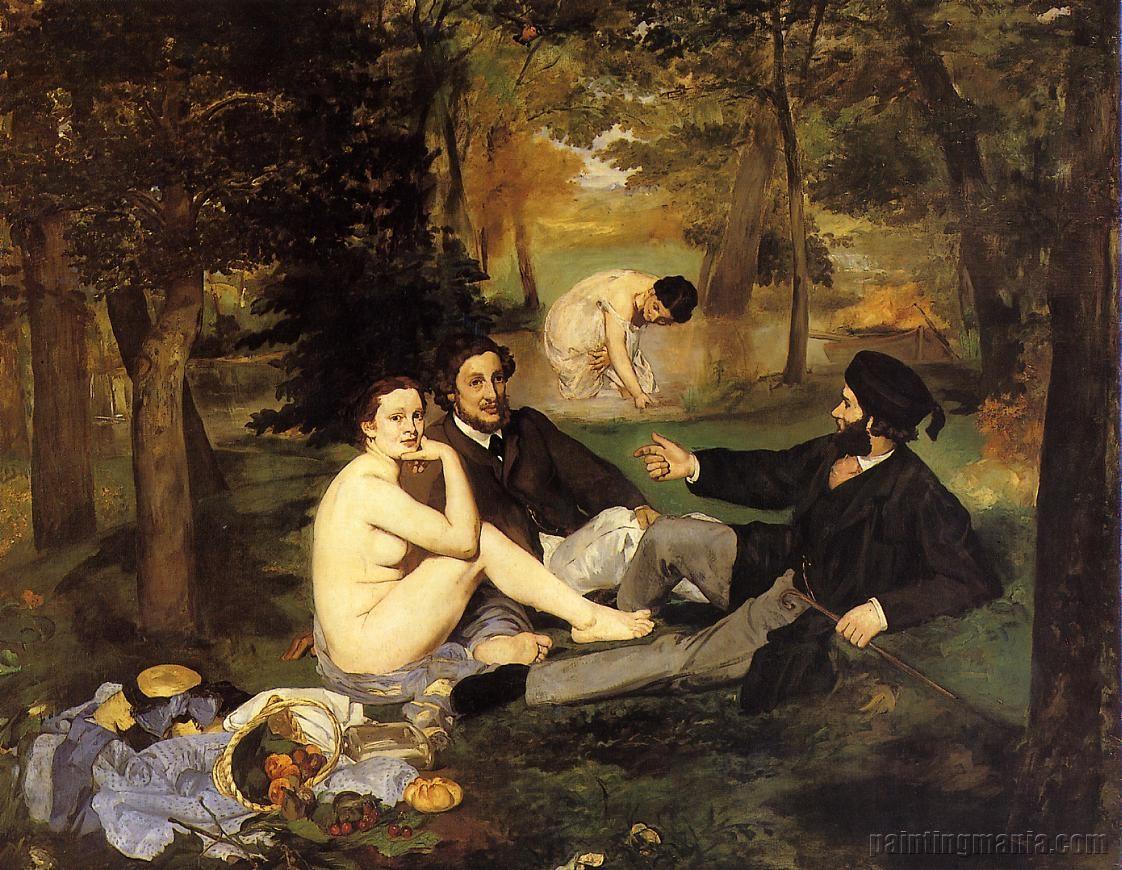
Manet also proved to be a key factor in the dissolution of the Salon de Refusés, however. Once the Emperor saw his Dejeuner sur l’herbe, he was shocked by its undisguised sexuality and agreed with the Academy that the first Salon de Refusés should also be the last. Nonetheless, the controversy stirred a heated debate over the nature of modern art and eventually opened the way for the Salon des Indépendants, galleries, and other institutions that soon rivaled and eventually exceeded the official Salon’s influence upon art.
In fact, in a surprising reversal of aesthetic values, less than twenty years after the Salon de Refusés, the artists associated with this controversial exhibit, particularly Manet, would be enshrined as the founders of modern art. Conversely, the official Salon art would fall into disrepute as mechanical, uninventive, formalistic: in short, l’art pompier, a pejorative term used to describe David’s Roman headgear, which resembled the helmets of firefighters (pompiers).
Judging by his naturalist novels, socialist leanings, journalistic polemics and particularly by what he says about literature in Le roman expérimental, Emile Zola (1840-1902) would appear to be an implausible spokesman for the autonomy, originality and individuality of art. In Le Roman expérimental, a collection of articles that relies upon some of the ideas developed by Claude Bernard in the biological sciences to explain the principles of naturalist literature, he proposes a view of literature as exposing the underlying temperament of human types. If anything, his literature taps into the deterministic currents of the human condition—its maladies, obsessions, addictions and inherited traits—rather than offering a model of human freedom or any kind of individualist ethos.
Nonetheless, throughout his earlier defenses of Manet and of the Impressionists in the art criticism of the 1860’s, Zola is one of the staunchest proponents of individualism and originality in art. True art, he claims, is individuated, original and, above all, autonomous. Individuated, in the sense of bearing the imprint of the personality and temperament of the artist who created it. Original, if it stands out from the rest. Autonomous, in not being subservient to any social function. It is with these premises in mind that Zola became one of the most visible supporters of Eduard Manet’s art and of the work of the Impressionists and postimpressionists.
Zola uses Manet as a counter-example and ammunition against the official Salon art. It’s not that Manet did not also exhibit in the official Salon, but that he and the Impressionists had an ambivalent relation to academic art because their innovations were not fully accepted by either the Salon or (in the beginning) by art critics. It is these very innovations—Manet’s originality and difference—that Zola wishes to defend against academic standards. These standards, he claims, are best represented by painters such as Cabanel, whom Zola regards as a representative of officially consecrated art. Cabanel’s voluptuous nudes, often allegorized as nymphs and angels to simultaneously hide and reveal their erotic appeal, were consistently embraced by the Salon critics as the epitome of high art. At the height of Cabanel’s popularity, Zola predicts in the Salons of 1866 and 68:
I know that the crowd would scorn me if it heard me but I affirm that the canvases of Cabanel will pale and die of anemia before more or less twenty-five years from now, while the paintings of Manet will flourish throughout the years with the eternal youth of original artworks. ( Pour Manet, Emile Zola, Le Regard Litteraire, Editions Complexe, 1989).
The author’s distaste for official art was so intense that, ironically, the socialist representative of the working classes even delivers a classist blow below the belt at Cabanel, declaring in the Salon of 1875:
It’s a composition without defect or merit; the most inimical mediocrity speaks through it; it’s an art made up of all the old formulas, renewed by the able hand of a worker’s apprentice. (Emile Zola, Ecrits sur l’art, Gallimard, Paris, 1991)
Zola’s prediction about Manet’s success turned out to be accurate, but the question remains: why? Or, otherwise put, what made Manet seem so original to his contemporaries and even to us and how did the aesthetic standards he helped institute come to inaugurate the modernity of art in general? For history, as they say, is written by the winners. So is the history of art, such that now, in hindsight, Zola’s prediction appears to be historically inevitable and his artistic judgment, at least as far as Manet is concerned, infallible. In the attempt to avoid this deterministic outlook, let’s examine how such a view of art emerged as triumphant and whether—or to what extent—its triumph is a positive outcome.
Manet, Impressionism and Postimpressionism have become analogous with the subversion of official academic standards and thus also with artistic modernity. It is said that Impressionism entailed a rejection of the principles taught by the Ecole des Beaux Arts and esteemed by the academic judges of the official Salon. This idea of the subversiveness of Manet and of the Impressionists has been, since Zola, deliberately overplayed to draw a firmer marker that separates old traditions from new art. For not only did Manet and the Impressionists regularly exhibit at the official Salon—with Manet and especially Renoir seeking its approval to the very end of their lives—but also they were influenced, along with the officially sanctioned artists, by the most famous Renaissance artists as well as by the masters of Romanticism and Realism: Delacroix, Corot, and Courbet.
Yet, without a doubt, Manet and the Impressionists did violate some of the important rules of what is called the “Beaux-Arts system.” The Beaux-Arts system was instituted to meet the requirements of the Academy, which were taught at the Ecole des Beaux Arts. These included the following principles:
1. A respect of the hierarchy of genres which privileged, in descending order, history paintings, religious themes, portraits and still-lifes. Of course, principles are always somewhat different from public taste and practice. Even during the eighteenth-century, when Chardin’s still-lifes were extremely popular and defended by notable philosophes such as Diderot, the hierarchy of genres instituted during Louis XIV’s reign was being called into question. During the nineteenth century, with the rise in popularity of realism and the representation of every-day subjects and life, it was even more radically altered. Although some well-respected artists, such as Cabanel and Bouguereau, continued to observe its rules, many artists did not. As Théophile Gautier announced in the 1846 Salon, “religious subjects are few; there are significantly less battles; what is called history painting will disappear... The glorification of man and of the beauties of nature, this seems to be the aim of art in the future.”
2. Drawing is more important than color. The reason behind this rule was that the drawing of forms was considered more abstract because it was not already found in nature. Thus, it was assumed that it took greater artistic talent to convey forms by drawing their shapes and outlines rather than by blotting, from nature, their colors.
3. Drawing from live models in conformance to the study of anatomy, not in order to convey nature as is, but to improve it by rendering it more noble, elegant and beautiful. During the seventeenth century, Neoclassicism perpetuated this improvement of nature, or capturing la belle nature.
4. Painting in the studio, as opposed to in the open air, since the studio was a place where the source and intensity of light and, more generally, the whole painting environment could be controlled to suit the aesthetic needs of the artist.
5. Paintings had to be elaborately detailed, meticulously executed and, above all, look polished and finished.
6. The overarching and unspoken framework behind the Beaux-Arts system was verisimilitude: or representing in painting—through shading, foreshortening, sfumato and the observance of one-point perspective—the three-dimensionality of objects as seen by the eye.
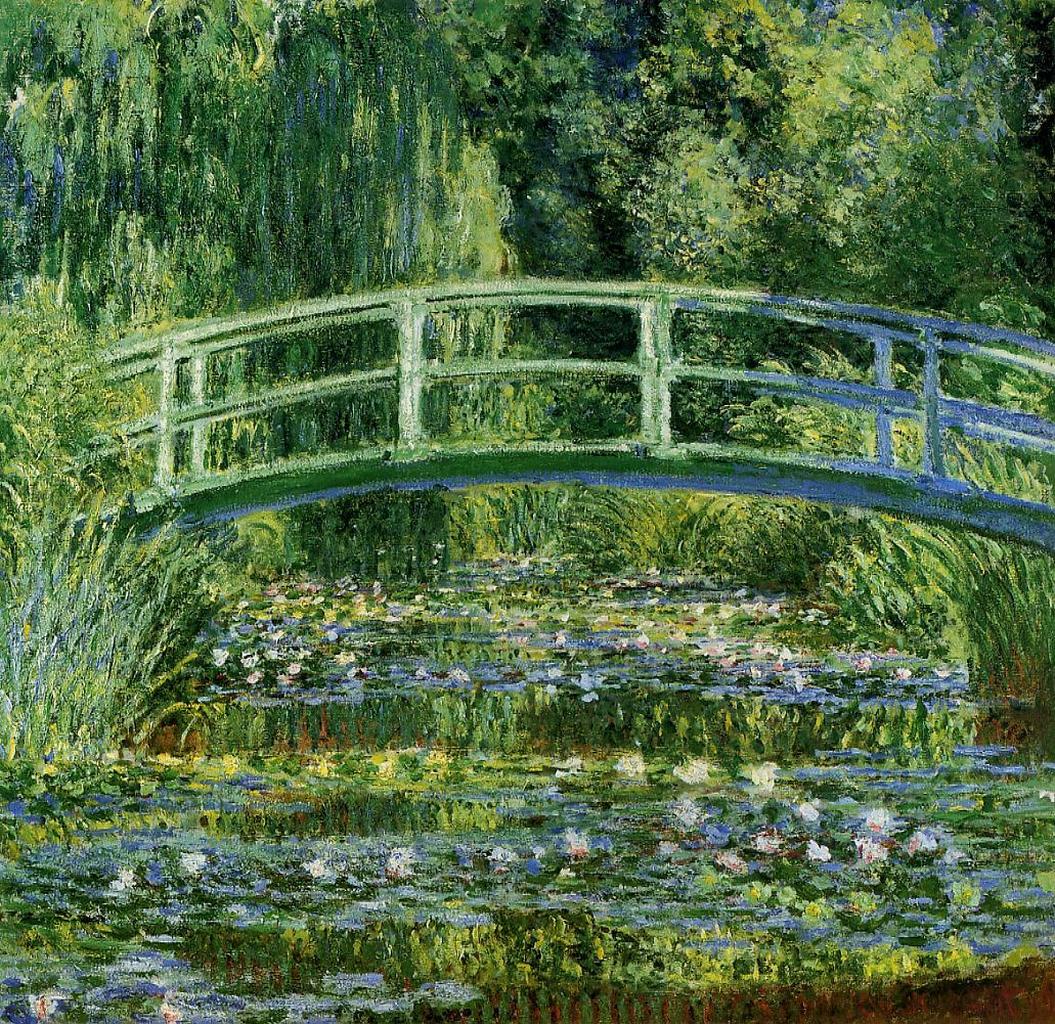
The Impressionists’ greatest contribution to art was not so much to change the notion of painting as representing what the eye can see—or the standards of verisimilitude that had been dominant since the Renaissance—but to alter what the eye should see as well as where and how it should see it. Their violation of the rules of the Beaux-Arts system was not revolutionary—in the sense of transgressing its underlying premises or goals—but it was thorough, in the sense of changing almost all of the means of reaching those goals. The Impressionists considered that the best forum to observe and represent nature would be in the open air—which is why their works were called plein air paintings—where the play of light and shadows would be most natural, striking and intense, rather than under the dim and artificial lighting of the studio.
Furthermore, as noted, the art students in the academies conveyed the three-dimensionality of forms by means of the subtle shading which was first perfected by the Renaissance masters. The Impressionists, on the other hand, evoked a sense of three-dimensionality by representing the dramatic contrasts of color which can be observed in vibrant sunlight. In seeking to capture visually the play of light and shadow—and its transformations—the Impressionists used rapid brushstrokes to produce paintings that looked rushed and unfinished as opposed to the well-rounded, glossy and polished forms and subtle shadings respected by the Beaux-Arts system. Similarly, rather than depicting a posed or characteristic angle of the objects painted, Manet and the Impressionists showed objects from uncharacteristic, and often, truncated perspectives. This truncation of subjects and objects, which is especially obvious in the paintings of Renoir and Degas, openly acknowledges the incompleteness of our field of vision and powers of representation.
Although he was Cézanne’s childhood friend, Zola became particularly fascinated with Manet. In Manet he identified the harbinger of a new kind of art. One mark of Manet’s originality for Zola is the painter’s frequent rejection from the official Salon whose standards, as we have seen, the novelist considered too rigid and retrograde. The (future) Impressionists were of course also rejected from the Salon—even the widely popular Renoir suffered some setbacks—but it’s Manet’s rejection in particular that drew attention. His painting Déjeuner sur l’herbe divided and riled up the public on the grounds I alluded to earlier: its sketchy and seemingly unfinished style; its minimal use of shading and bright color-contrasts to show perspective; its unadorned and decidedly non-allegorical or idealized depiction of sexuality. A few years later, in 1866, Zola vocally came to Manet’s defense. Of the Déjeuner sur l’herbe in particular he states:
Mr. Manet’s talent is made up of simplicity and justice. Without a doubt, before the incredulous nature of some of my compatriots, he will have decided to interrogate reality, all alone; he will have refused all acquired knowledge; all traditional experience; he would have wanted to take art from the beginning, which is to say, the precise observation of objects. (M. Manet, 1866, p65, quatrième article du Salon, 72)
To highlight the painter’s originality and make more general points about autonomy and originality in art, Zola focuses upon Manet’s difference from the art of the official Salon and uses Cabanel as a foil to Manet. And in many respects Manet does, indeed, violate the official rules. When under the apprenticeship of Thomas Couture, who was considered to be a modern, nonconventional painter himself, Manet is said to have told his models to pose more naturally. One model, the story goes, refused, saying that one of the works she posed for was sent to Rome (she was probably referring to a submission to the famous Prix du Rome). Manet replied: “We are not in Rome! And we do not wish to go there. We are in Paris. We intend to remain here.” (Manet: The Influence of the Modern, Francoise Cachin, tr. Rachel Kaplan, Discoveries, New York, 1995). Yet at the same time Manet, like more traditional painters, trained himself by copying the works of the Italian Renaissance masters, including Tintoretto’s Self-Portrait (1588) and works by Titian. Furthermore, art critics find in his Déjeuner the influence of a Rococo painting by Boucher, Diana and the Bath (1742).
Zola’s main argument for Manet is primarily one explicitly against the official Salon. But in defending Manet’s art, Zola also takes a stand against contemporary utilitarian theory, particularly the aesthetic philosophy of Taine and the social philosophy of Proudhon, who argued in very different ways for the same goal: the social utility of art. Taine used deterministic arguments, Proudhon proposed utilitarian ones, but both critics wanted art to serve the function of improving humanity. In arguing against this model of art, Zola and Gautier likewise share a common enemy and goal. In the essay “Proudhon et Courbet” (1866), Zola argues vehemently against Proudhon’s Du principe de l’art et de sa destination sociale, which was published posthumously in 1866. He takes issue in particular with the philosopher’s definition of art as “an idealist representation of nature and of ourselves, which has as a goal the physical and moral improvement of our species” (43). While this seems an adequate description of Zola’s own naturalist fiction, the novelist sees art as fulfilling a radically different function: “Art perfects in its own way, by challenging the mind, not by preaching or addressing itself to reason.” (43)
The very purpose of art, Zola suggests, is to challenge and surprise, not instruct or indoctrinate. Originality and newness are art’s raison d’être—its impact upon the senses and emotions—rather than its contributions to our understanding. The notion that art should be original, emotive and surprising, however, depends upon an even more basic assumption: that of artistic freedom. For Zola proclaims the individuality of art to defend the artist’s right to express his unique aesthetic vision. In so doing, like Gautier, Zola expounds forcefully the notion of artistic autonomy. Whereas Proudhon elaborates a more traditional view of art in which the artist serves his patrons and the public—under the updated guise of serving “humanity” in general—Zola and Gautier both sever the direct link between art and society. In Proudhon’s aesthetics, Zola objects, “By himself the artist is nothing, he is all by humanity and for humanity. In a word, the individual sentiment, the free expression of a personality are forbidden. One must only be the interpreter of the general taste, work only in the name of all to please everyone.” (44)
In so far as an artist attempts to produce art to please others—even something as abstract as humanity or society—his creativity and freedom are constrained. The only art that’s true, Zola suggests, is the kind that fulfills his modern expectation of originality and artistic genius. Art that cannot be separated from religious and political artifact—as in the case of Egyptian tomb statues and papyrus paintings or the gothic cathedrals erected to glorify popes and kings—ceases to be artistic. The novelist thus rejects Proudhon’s aesthetic standards and preferences, whereby “Art attains its degree of perfection once the artist effaces himself, when the work no longer bears his name, when it is the product of an entire epoch, of a nation, as are the Egyptian statues and the Gothic cathedrals.” (44) With this emphasis upon artistic freedom and autonomy that is articulated in slightly different ways by Gautier and Zola, we see the birth of a modern aesthetics from which there would be no turning back.
Interestingly, Zola cites Michelangelo as an example of an autonomous artist, despite the fact that his art, like that of his contemporaries, was a social and religious artifact sponsored by prominent patrons and popes. So it appears that Zola conflates the notion of artistic autonomy with that of artistic originality. Yet he gets out of this logical bind by claiming, more modestly, that art is autonomous not if it’s completely removed from all social use, but if the artist himself is a free spirit—regardless of who pays for his art—and exhibits originality:
I declare in principle that a work of art lives only by its originality. I must find a man in each work of art, or the work doesn’t move me. I clearly sacrifice humanity to the artist. My definition of a work of art, were I to formulate one, would be: ‘A work of art is a corner of creation seen through a temperament.’ What do I care about the rest! (44-5)
Later, in his typical demagogical style, Zola asks: “I ask you, the people who allowed themselves to have genius without consulting humanity; the Michelangelos, Titians, Veroneses, Delacroix, who had the courage to think for themselves and not for their contemporaries, to say what was in their guts and not what the imbeciles of their times had in theirs!” (49) If Michelangelo, Titian and Delacroix could be considered autonomous artists by Zola and Gautier—both of whom mention these artists to illustrate the principle of autonomy in art—it’s because, significantly, these nineteenth-century authors do not mean by artistic autonomy what the notion has come to signify during the twentieth and twenty-first centuries.
Nowadays autonomy means that art serves no social purpose whatsoever. Gautier and Zola, despite their bold, polemical language, don’t push the non-utility of art to such an extreme. Gautier doesn’t wish to conflate art and morality, but he still expects that art be beautiful, pleasing and entertaining to its public. Similarly, Zola defends autonomy as the motivation, not as the effect of art. Good art, his examples suggest, can be placed in a Church or city square, can be accessible and enjoyed by a wide public, can illuminate and please the public. What he emphasizes, however, is that an artist should not produce art exclusively to fulfill a set of social goals, concept of beauty or particular ideology.
Seeing what Zola means by artistic autonomy, it makes sense that he uses Michelangelo as his prime example. Even in seeking patronage, Michelangelo was not subservient to the tastes and religious assumptions of his patrons. The Sistine Chapel may have been paid for by a Pope, but it was done according to Michelangelo’s artistic vision and, as the painter’s ceaseless delays indicate, sense of timing. Art may be solicited and bought by others, and it may even serve their social or religious purposes, Zola implies, but it remains artistic only in so far as it does not pander primarily or exclusively to prevailing views, social and political ideologies or public tastes.









 English
English
 Français
Français
 Deutsch
Deutsch
 Italiano
Italiano
 Español
Español



 Contribute
Contribute




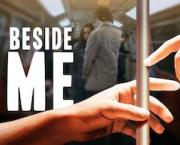
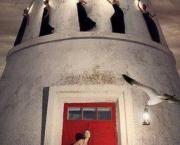
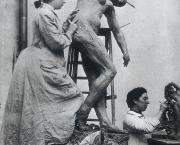
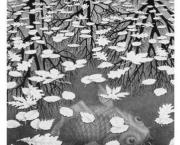
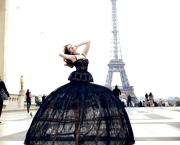
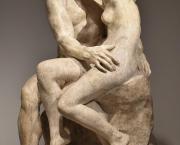
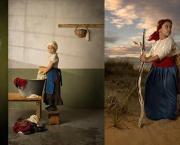
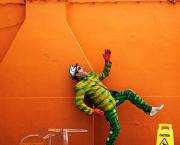
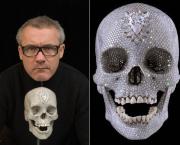
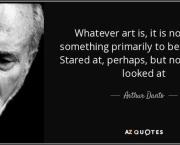


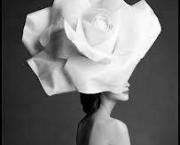




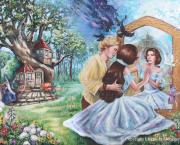
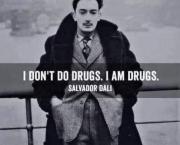
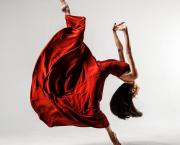
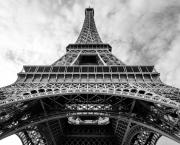
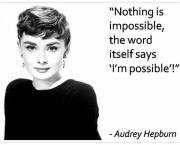

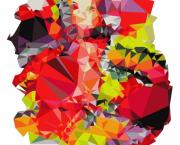
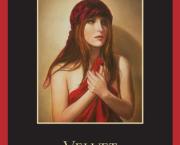
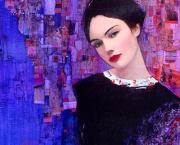

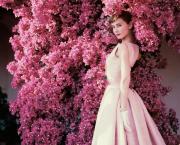
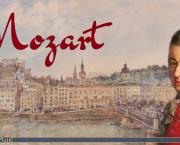
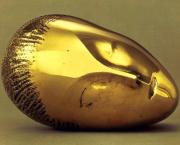

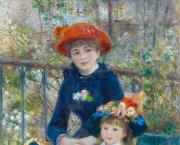
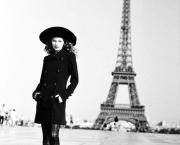

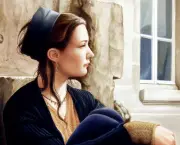




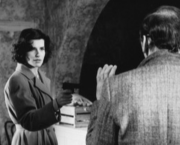
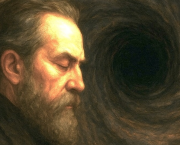
 You can support your favorite writers
You can support your favorite writers





